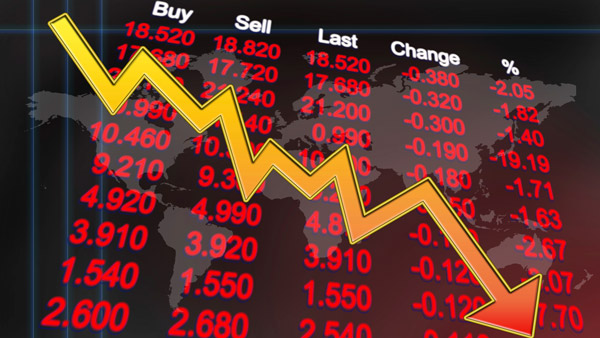Even the Federal Reserve’s policy has been susceptible to this extreme behavior. Through most of 2017 and 2018, the Fed continued on a path of rate hikes, which included ending Quantitative Easing by selling their longer-term bond holdings. Then, in early January of this year, the Fed abruptly halted that trajectory and has since then said it will pause with any further rate hikes. In fact, the futures markets are pricing in a higher probability of easing than tightening.
While market volatility spiked dramatically in the fourth quarter, it has been much more benign over the past few months. We expect that it could return to somewhat higher levels depending on the outcome of trade negotiations, the direction of economic activity and interest rates. Historically speaking, these are all signs of the later stages of the economic cycle and bull markets.
With most market-watchers believing the current business cycle is nearing the late stage, now would be a good time to take stock of how clients’ portfolios are positioned and start planning to reduce risk levels. Here are four things to tell clients who may be expressing concern about volatility and asking whether the current bull market has run its course:
- You’re not a trader, you’re an investor. Focus on the long-term rather than getting overly concerned about short-term volatility, which is to be expected at this point in the cycle.
- Historically, it pays to stay invested. Precipitous falls from bull to bear markets are rare, and exiting equity markets early carries its own risks. Since World War II, average one-year returns before market peaks have been more than 20%.
- Be slightly biased toward the cycle continuing, but start planning for the inevitable. To begin reducing risk levels, consider increasing allocations to active managers, value stocks, particularly diversified dividend/income-focused strategies, lower beta strategies and/or managed futures.
- Money moves toward higher quality as interest rates rise. Consider increasing the overall quality level of portfolios in terms of both fixed-income and equity investments.
The bottom line: the music is still playing, so it’s fine to keep dancing, but it’s probably a good idea to dance near the door. Our view is that investors should not be surprised if we see an extended period of increased volatility in 2019. They would be wise to start planning to reduce risk levels across their portfolios.
Regardless of whether the bull market continues or a bear market is imminent, investors will thank themselves for taking some time now to prepare for the end of the business cycle, whenever it happens.
Paul Cavazos is chief investment officer at American Beacon Advisors, a leading provider of investment advisory services to institutional and retail markets.










 April 26, 2019 at 04:36 PM
April 26, 2019 at 04:36 PM











